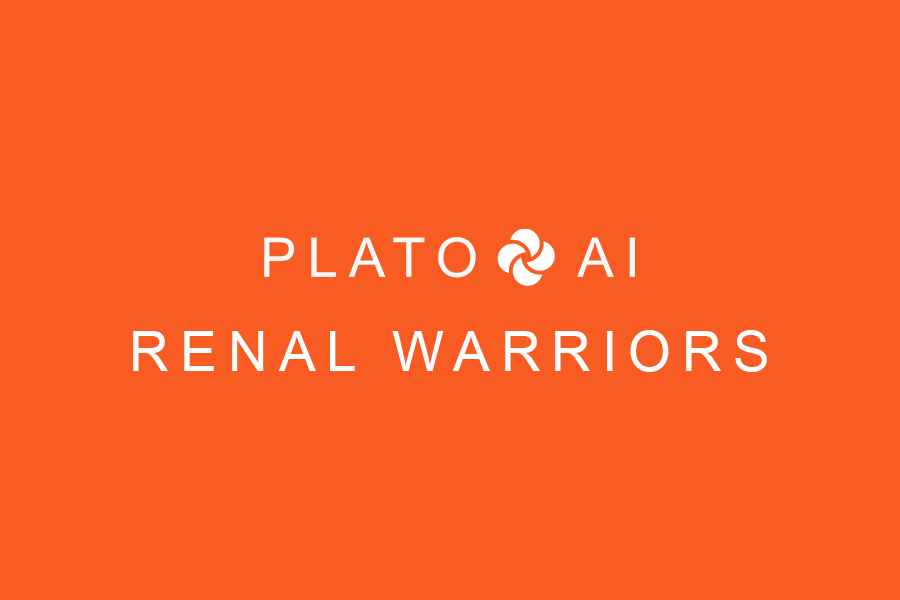Hypertension, or high blood pressure, is a common condition that affects millions of people worldwide. It is a major risk factor for heart disease, stroke, and kidney disease. In patients with end-stage renal disease (ESRD) who require hemodialysis, hypertension is even more prevalent and can have serious consequences if not properly managed.
To better understand the relationship between hypertension and hemodialysis, it can be helpful to create a concept map. A concept map is a visual representation of the relationships between different concepts or ideas. In this case, we can use a concept map to illustrate how hypertension and hemodialysis are interconnected and how they can impact each other.
At the center of our concept map is the concept of hypertension. Hypertension is defined as a systolic blood pressure greater than 140 mmHg and/or a diastolic blood pressure greater than 90 mmHg. In patients with ESRD, hypertension is often caused by the retention of salt and water due to impaired kidney function. This can lead to volume overload and increased blood pressure.
One of the main treatments for hypertension in patients with ESRD is hemodialysis. Hemodialysis is a procedure that uses a machine to filter waste products and excess fluid from the blood when the kidneys are no longer able to do so. During hemodialysis, patients are connected to a dialysis machine that pumps their blood through a filter called a dialyzer. The dialyzer removes waste products and excess fluid from the blood, helping to lower blood pressure.
However, hemodialysis can also have an impact on blood pressure. Some patients may experience hypotension, or low blood pressure, during or after dialysis due to rapid fluid removal. This can lead to symptoms such as dizziness, nausea, and fatigue. On the other hand, some patients may experience hypertension after dialysis due to fluid overload or other factors.
In addition to hemodialysis, there are other factors that can contribute to hypertension in patients with ESRD. These include dietary factors, such as high salt intake, and medications that may be prescribed to manage other conditions. It is important for healthcare providers to carefully monitor blood pressure and adjust treatment as needed to ensure that hypertension is well-controlled in patients undergoing hemodialysis.
By creating a concept map that illustrates the relationship between hypertension and hemodialysis, healthcare providers can better understand how these two conditions are interconnected and how they can impact each other. This can help to guide treatment decisions and improve outcomes for patients with ESRD who are at risk for hypertension.
- The Renal Warrior Project. Join Now
- Source: Plato Data Intelligence.
- Source: https://renal.platohealth.ai/concept-map-hypertension-in-hemodialysis/

